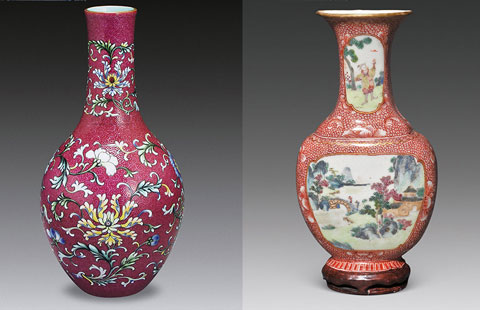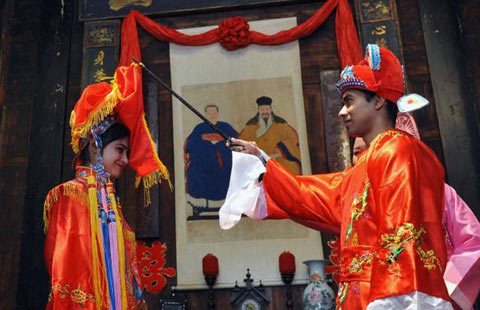New group seeks to preserve ancient books
By Wang Kaihao ( China Daily ) Updated: 2015-01-28 07:38:09
 |
|
Many ancient Chinese books are damaged. Wang Di /For China Daily |
For example, the National Library of Congress, home to 2.6 million volumes of ancient Chinese books (those published before 1911), is the country's biggest hub of written classics.
However, there are only 20 people working to maintain and restore the fragile treasures in the institution, though the situation has improved since the NCPCAB was founded.
The country's total number of restoring professionals used to be only 100-odd, but now is over 4,000.
"The problem is the center only covers public institutions like the NLC, and does not pay equal attention to private collectors," explains the new association's counselor An Pingqiu, a literary history professor at Peking University.
"A high level of discipline is emphasized in the association to avoid the conflicts brought by different academic schools."
The new organization promotes technician training, sharing of information, and supervision of industry criteria.
An admits that one embarrassing fact is that most ancient Chinese books stored in major overseas institutions (mostly in Japan and the United States) are very well-preserved, but not many are in ideal conditions back home.
"One reason is that many ancient Chinese books were exposed to wars and social upheavals," he says, acknowledging that developed countries have better technologies and practices in book and manuscript preservation.
He expects the association's new outreach will mean more communication with overseas counterparts.
"The association will not only function as a bond connecting libraries and business sectors, but also a think tank for policymakers to refine the current legal system concerning ancient books."
|
|
|
|
|
|
|
|

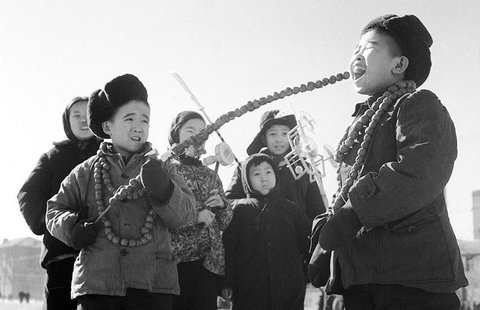



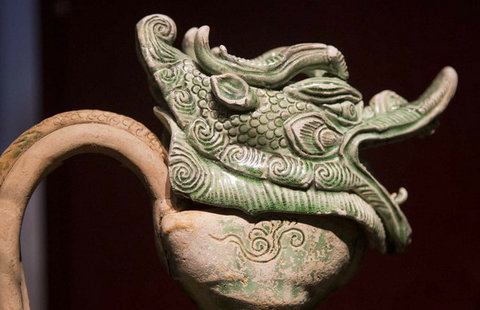
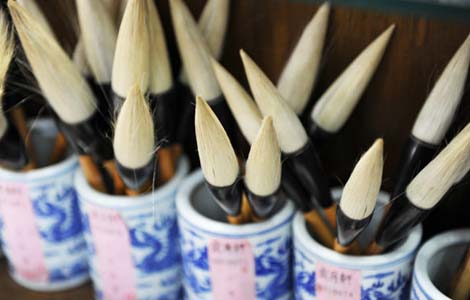
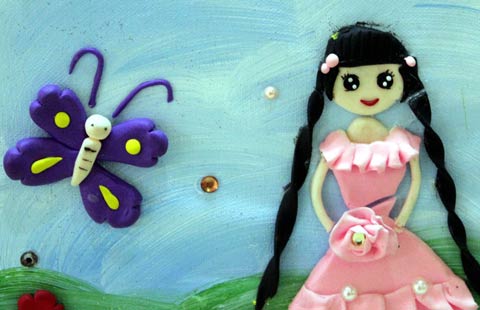















 Raymond Zhou:
Raymond Zhou: Pauline D Loh:
Pauline D Loh: Hot Pot
Hot Pot Eco China
Eco China China Dream
China Dream China Face
China Face
